With Special Guest Stephen Cummings from the University of Wellington, New Zealand

In this episode, the podcasters address one of the foundational works in social psychology and organizational development. “Frontiers in group dynamics: Concept, method and reality in social science; social equilibria and social change,” was the first of two articles that Lewin published in the newly established journal Human Relations with the Tavistock Institute. In the article, Lewin makes a strong case for treating the social sciences on the same level with the natural sciences–previously, social science was considered neither rigorous nor valid. Using metaphors from physics, Lewin explains social phenomena in tangible, physical terms through constructs such as “force fields.” In doing so, he explained how individuals within a social space interact in ways that could be measured similarly to physical or chemical phenomenon. And he did so using the results of studies on rather ordinary, mundane phenonena such as training on stitching machines and the crossed interactions between a husband and wife. In Part 1, we welcome special guest Stephen Cummings from the University of Wellington, New Zealand to help us understand the purpose and meaning behind the text. While many would no longer use the force field metaphor nowadays, it is important to understand where the ideas came from and how they helped Lewin shape the study of organizations to present day.
Undoubtedly, many working in the change management arena–scholars and practitioners alike–have likely heard of Kurt Lewin’s three main phases of organizational change: (1) unfreezing, (2) moving, and (3) freezing (also commonly referred to as re-freezing). And indeed, Kurt Lewin presented those phases in his 1947 article “Frontiers in group dynamics: Concept, method and reality in social science; social equilibria and social change.” But as explained by our special guest Stephen Cummings from the University of Wellington, New Zealand, this three-phased approach was not actually an important finding or outcome of the article. Without offering any empirical support or developing much detail into the phases, Lewin was simply offering ideas for further exploration. Yet these phases have been adapted into numerous change management models available in business literature.
Read With Us:
Lewin, K., 1947. Frontiers in group dynamics: Concept, method and reality in social science; social equilibria and social change. Human relations, 1(1), 5-41.

1 comment on “55: Group Dynamics and Foundations of Organizational Change – Kurt Lewin”